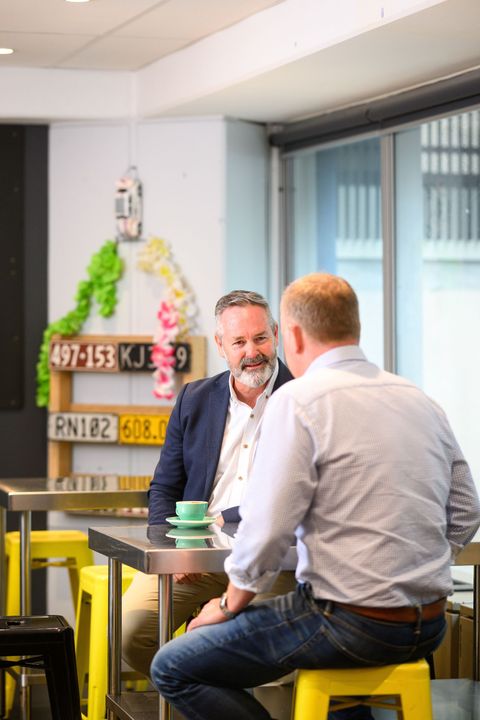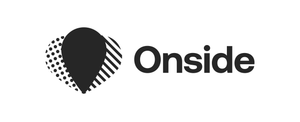Finally. A talent partner who really gets small and medium business.
Bring us
Onside for...
Full in-house hiring
Imagine having a fully stocked hiring department, with recruiters, systems, tech and candidate relationships, but without the cost. That's Onside's Talent Partnership.
Career Transition Services
Career Transitions can be daunting and overwhelming. Onside can assist organisations who wish to support their people to search for a new role outside the organisation, helping define their values, career goals and personal brand.
On-demand recruitment
Whatever role you're trying to fill, we'll deliver to your brief. Bring us in to manage all of the process, or just the part you don't want to do. You're in the drivers' seat.
Volume management
Hiring a number of the same role type? Onside's got the systems and tech that makes this efficient. Making it simple to find the best candidates from an avalanche of applications.

Your talent partner
Our team seamlessly merges with yours to deliver on your hiring needs while keeping true to your brand and culture.
Whether it's working directly with your hiring managers, or temporarily expanding your existing recruitment team, we're the perfect fit. And here's the sweet part – all this comes with a fixed monthly fee structure, meaning you know exactly what you're spending with no surprises.
Need to scale up hiring for a couple of months? Consider it done.
Got a tricky role to recruit and not sure where to start? Call us.
Just need extra support with a specific part of the process? We can help.
Experience the ease of seamless integration with the Onside crew today.
Recruiter Spotlight

Meet Dale.
A natural connector, Dale's 25 years in the recruitment industry have been dedicated to boosting up each candidate or employer she meets.
During her own career journey, she's worn all the hats. Experiencing the benefits of quality recruitment services from every angle – as a recruiter, an employer, career coach, developer of specialist recruitment software and as a candidate herself.
It gives her a unique perspective - she can put herself in the shoes of whoever she's speaking with, finding ways to quickly and compassionately match them with the solutions that achieve their hiring goals, without all the stress!
Why Onside?
Testimonials
Client Spotlight: TenFour
Before joining forces with Onside, TenFour faced some pretty typical and familiar recruitment challenges.
Now they have a robust recruitment process which runs smoothly, saves them money and gets people on board faster than ever before. Their dedicated Onside recruitment team know the business and culture, and are on hand to provide recruitment support whenever the TenFour team need it.
Latest Articles



















